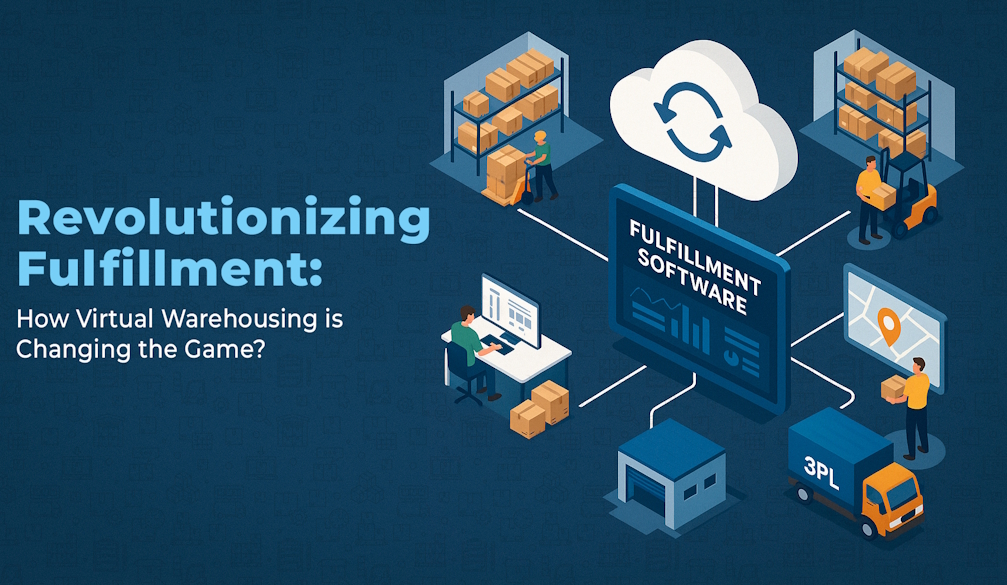Work-Life Balance: Strategies For Achieving Productivity And Well-being
- Written by Business Daily Media

In today's fast-paced work environment, finding a balance between work and personal life has become increasingly important. Achieving work-life balance not only enhances our well-being but also boosts productivity in the workplace. As professionals in San Francisco seek a conducive work environment, considering options like coworking space in San Francisco can contribute to striking a harmonious work-life equilibrium.
Understanding Work-Life Balance
Work-life balance refers to the equilibrium between work-related responsibilities and personal well-being. It involves effectively managing time and energy to ensure a fulfilling professional and personal life. When our work-life balance is out of sync, it can lead to stress, burnout, and reduced productivity. Conversely, a healthy work-life balance promotes overall satisfaction, creativity, and increased productivity.
Strategies for Work-Life Balance
Time Management Techniques: Effective time management is crucial for maintaining work-life balance. Prioritizing tasks and setting realistic goals allows us to focus on important activities. Consider utilizing time management methods like the Pomodoro Technique, where you work in focused bursts and take regular breaks, or task batching to streamline your workflow. By managing our time effectively, we create space for both work and personal commitments, leading to a better work-life balance.
Establishing Boundaries
Creating clear boundaries between work and personal life is essential. Define working hours and personal time, and avoid the temptation to constantly be "on." Communicate your boundaries to colleagues and set expectations regarding availability. This separation helps prevent work from encroaching on personal time and vice versa. By establishing boundaries, we protect our personal time, allowing us to recharge and be fully present in our personal lives.
Flexible Work Arrangements
Exploring flexible work arrangements can significantly contribute to work-life balance. Remote work, flexible schedules, and coworking spaces provide alternatives to traditional office setups. By choosing to work in flexible work arrangements, professionals can benefit from a collaborative atmosphere, shared resources, and a vibrant community.
Such environments foster a sense of work-life balance by offering a conducive space that inspires productivity and well-being. Coworking spaces provide the flexibility to create a schedule that suits individual needs, allowing for a better integration of work and personal life.
Self-Care Practices
Prioritizing self-care activities is crucial for maintaining work-life balance. Engage in regular exercise, practice mindfulness techniques, and pursue hobbies that bring you joy. Taking care of your physical and mental well-being helps you stay energized and focused, ultimately enhancing productivity and overall satisfaction.
Set aside dedicated time for self-care activities and make them a non-negotiable part of your routine. By investing in self-care, you recharge and replenish your energy, enabling you to bring your best self to both work and personal life.
The Relationship Between Work-Life Balance and Productivity
Work-life balance and productivity go hand in hand. Numerous studies have shown that individuals who prioritize their well-being and maintain a healthy work-life balance are more productive and creative in their professional endeavors.
By fostering a sense of fulfillment and reducing stress, work-life balance positively impacts job performance and overall productivity. When we have a healthy balance between work and personal life, we are better able to focus, make sound decisions, and effectively manage our time and tasks, resulting in increased productivity.
Implementing Work-Life Balance in the Workplace
Creating a work environment that promotes work-life balance requires collaboration between employers and employees. Companies can introduce initiatives such as flexible work arrangements, employee assistance programs, and wellness initiatives. Encouraging open dialogue and prioritizing work-life balance at the organizational level creates a supportive culture.
Additionally, focusing on boosting productivity in the workplace through efficient processes, training, and technology can complement work-life balance efforts. Employees should advocate for their work-life balance needs, communicate openly with employers, express boundaries, and seek accommodations when necessary. By taking responsibility for work-life balance and effectively communicating needs, individuals contribute to a healthier work environment for themselves and their colleagues.
Closing
Achieving work-life balance is crucial for our well-being and professional success. By implementing strategies like effective time management, establishing boundaries, considering flexible work arrangements such as coworking spaces in San Francisco, and prioritizing self-care, we can strike a harmonious balance between work and personal life.
Remember, a balanced life leads to increased productivity, improved satisfaction, and a healthier overall well-being. Prioritize work-life balance today for a brighter and more fulfilling professional future.










